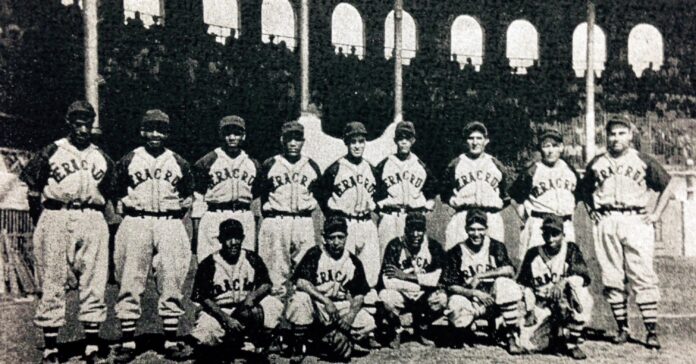Here’s a curveball: baseball, which is said to have been born in 1839 in the pastures of Cooperstown, New York — a humble farm town in the Yankee state — isn’t as strictly American as it’s made out to be. In tracing its murky origins, we find the game is far more international than our tobacco-chewing forefathers would have you think, particularly for a game dubbed “America’s pastime.”
Sports historians have long contested baseball’s alleged U.S. origins, suggesting it instead began in the United Kingdom as a sport known as rounders. For three years in the early 20th century, a commission of baseball executives and president of the National League of Professional Baseball Clubs deliberated the issue of the game’s beginnings.
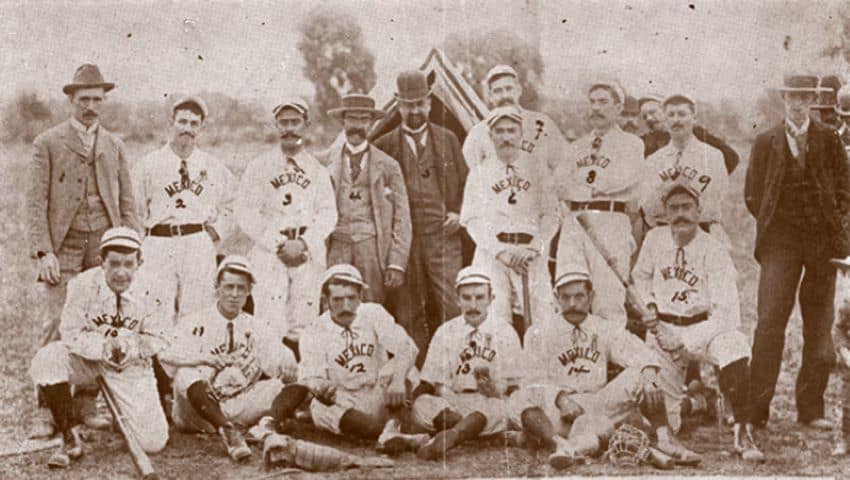
To further complicate matters, Canadians claim to have recorded the first baseball game in Ontario in 1838 — one year before the sport supposedly debuted in Cooperstown. But wherever and whenever the game was invented, it’s certainly no longer confined to U.S. borders, and it’s especially popular in several Latin American countries, in places no one would otherwise associate with star-spangled pinstripes and maple wood.
The Mexican-American war brings baseball to Mexico
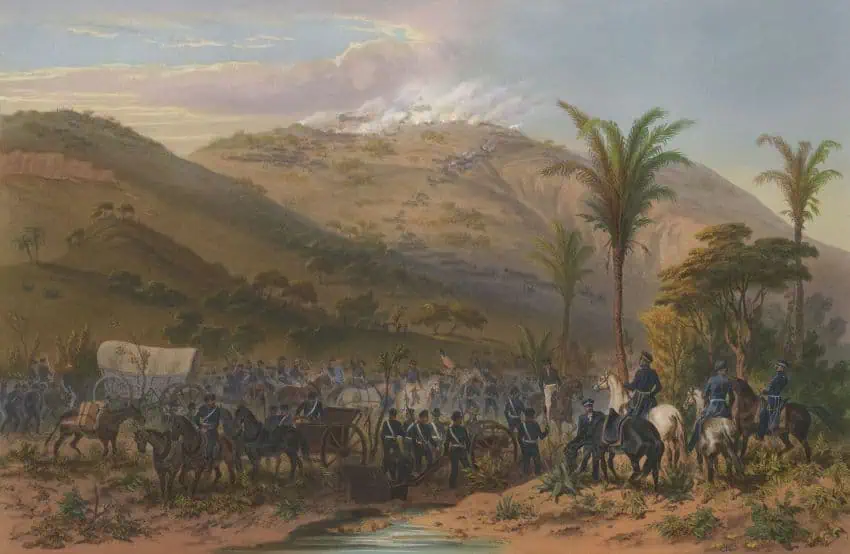
Just over a decade after baseball’s roughly documented global origin in the late 1800s, the sport had already reached Mexico by way of militaristic expansion. Since then, “béis” as it’s colloquially known, has swung its way to the top of Mexican sports fandom, behind only soccer as the country’s second-most watched team sport. Iconic Mexican players like Beto “Bobby” Ávila and Fernando Valenzuela have all donned uniforms in Major League Baseball, helping establish the sport’s popularity among Mexican sports aficionados.
The game’s origins in Mexico can allegedly be traced back to Xalapa, Veracruz in April 1847, during the Mexican-American War. A 1909 travel guide may have been the first book to print the story that a group of U.S. soldiers belonging to the Fourth Illinois Infantry Regiment were stationed in a central part of the city.
Santa Anna’s leg: The first baseball bat in Mexico?
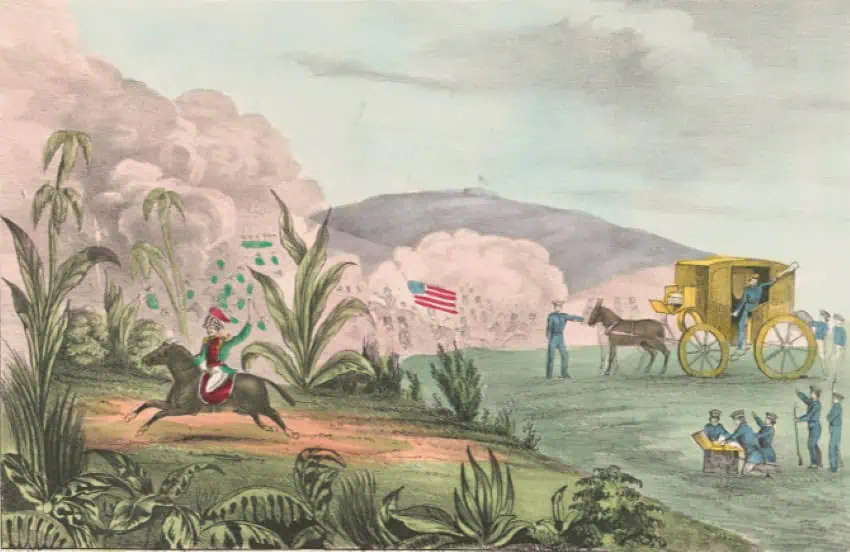
At the Battle of Cerro Gordo, U.S. Army forces under General Winfield Scott and Captain Robert E. Lee had defeated troops led by General Antonio López de Santa Anna, decisively outflanking their entrenched position just outside of Xalapa. The victory helped to open a strategic path from the coast of Veracruz towards Mexico City, with Santa Anna’s routed troops abandoning munitions at the site along with various resources and miscellaneous items, including Santa Anna’s wooden leg, one of several prosthetics he had worn since losing his lower left leg in the First French Intervention.
There are varying accounts of what happened next. But the mythic retellings involve a wooden leg, a group of homesick American soldiers and an open area in Xalapa being turned into a makeshift baseball field. In its simplest form, the story goes that this group of soldiers, which included military officer Abner Doubleday of Cooperstown, New York — the man who would later be credited as the inventor of baseball — used Santa Anna’s wooden leg to play the first ever baseball match in Mexico.
Who really invented baseball?
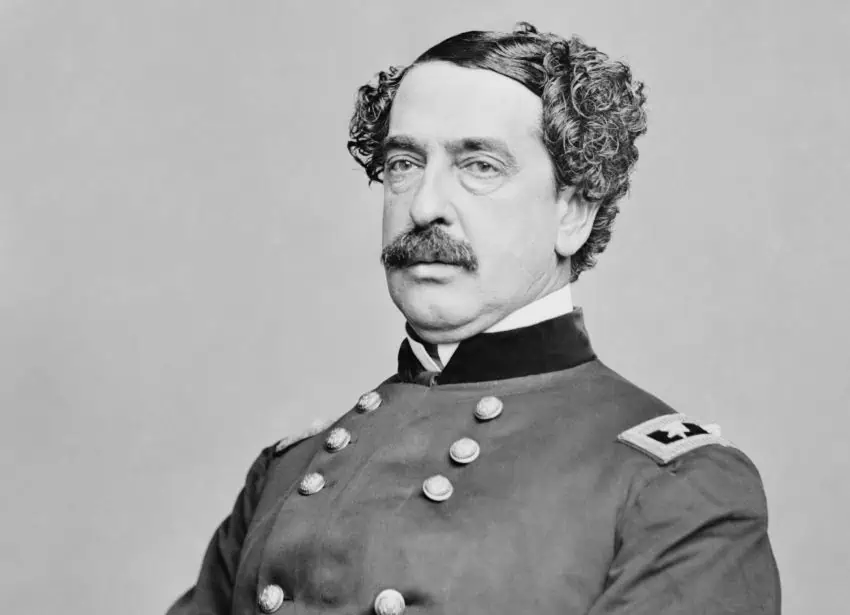
Sports historian Eric Nusbaum, whose extensive book about the dark history of the Los Angeles Dodgers’ stadium winds all the way back to Mexico during the 1800s, disagrees with the claim, writing “It’s a myth. It did not happen.” And in 1983, American Heritage magazine wrote an extensive profile on Doubleday titled “The Man Who Didn’t Invent Baseball.” As with many things surrounding American origin stories, particularly one so far removed beyond U.S. borders, there are conflicting reports, particularly with Doubleday’s involvement in baseball at-large, let alone his presence in bringing it to soldiers in Xalapa.
The claim around Doubleday as the progenitor of the sport has been heavily contested over time and involves none other than Albert Goodwill Spalding, the founder of Spalding sports equipment, best known as the manufacturer of the official NBA basketball. Spalding wrote what is believed to be the first comprehensive history of baseball, titled “America’s National Game.” He also advocated in defense of baseball’s Cooperstown origins by publicly vouching for Doubleday’s involvement in it all. Nowadays, much of this story is seen as a farce and as Spalding’s way to promote a new sporting business and tourism to Cooperstown, where the Baseball Hall of Fame stands today.
Regardless, Mexico has definitely had a longtime relationship with the sport. In 2024, MLB writer Carlos Molina traced the sport’s history in the country, concluding that, despite the difficulties of historical precision, Guaymas, Sonora, likely hosted the earliest documented baseball game in Mexico in 1877, three decades after the alleged peg leg game would have taken place in Veracruz. In this rendition, a group of sailors aboard the USS Montana landed in the Pacific port, hosting a pick up-style game that grew to include sailors from other ships.
Mexico leaves its stamp on baseball
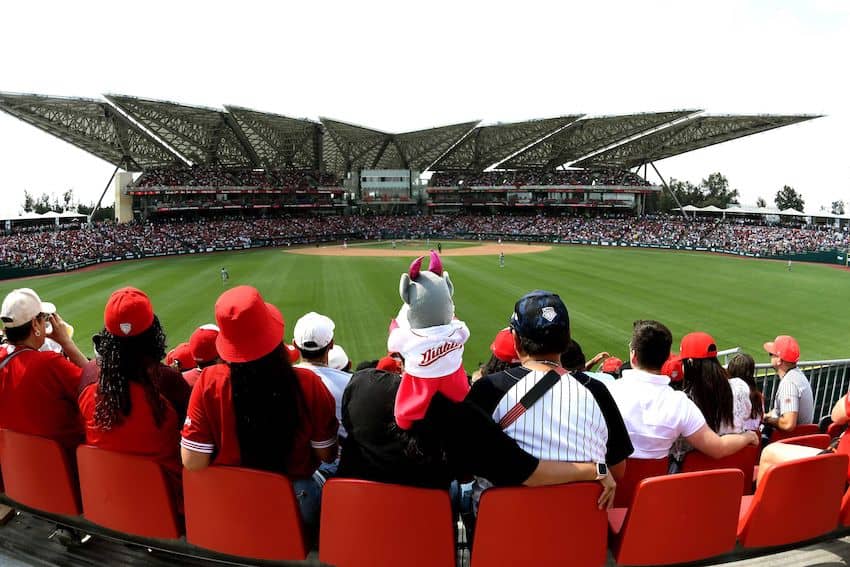
As the game became rooted in its new home, Mexicans left their own stamp on baseball. In 1933, Baldomero “Melo” Almada became the first known Mexican national to join the MLB’s ranks as a member of the Red Sox, where he played as a center fielder for five seasons.
Outside of the Majors, Mexico has developed its own leagues and baseball lore, too. The Liga Mexicana de Béisbol was created in 1925; early on, the league recruited players from the Cuban and U.S. Negro leagues as a way to position itself as a competitive system. LMB’s success is highlighted primarily by the Diablos Rojos del México, a team founded in 1940 which is considered to be Mexico’s royal baseball dynasty on par with the New York Yankees. The Diablos Rojos currently boast former Yankee star Robinson Cano on their roster, and the Mexico City-based team also went head-to-head with the Bronx Bombers in an exhibition series last year that was aired on ESPN.
Looking back at the sport’s mercurial beginnings, you’d never know how long it took for the game to reach Mexico’s home plate, so to speak. It’s been a hit since then, and with the World Baseball Classic only one year away, Mexico will have another chance to celebrate its storied baseball lineage and show that its players belong among the best baseballers in The Show.
Alan Chazaro is the author of “This Is Not a Frank Ocean Cover Album,” “Piñata Theory” and “Notes From the Eastern Span of the Bay Bridge” (Ghost City Press, 2021). He is a graduate of June Jordan’s Poetry for the People program at UC Berkeley and a former Lawrence Ferlinghetti Fellow at the University of San Francisco. His writing can be found in GQ, NPR, The Guardian, L.A. Times and more. Originally from the San Francisco Bay Area, he is currently based in Veracruz.
